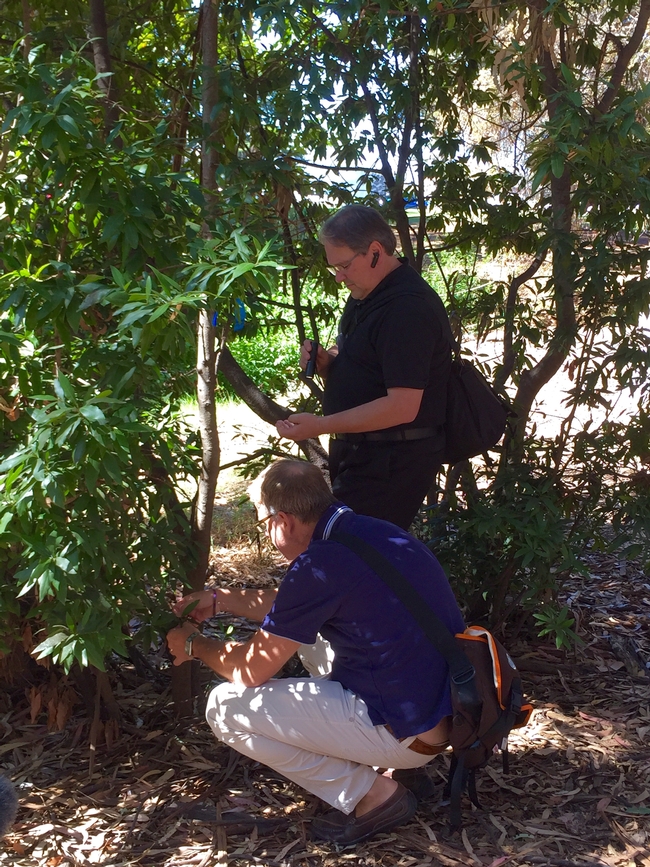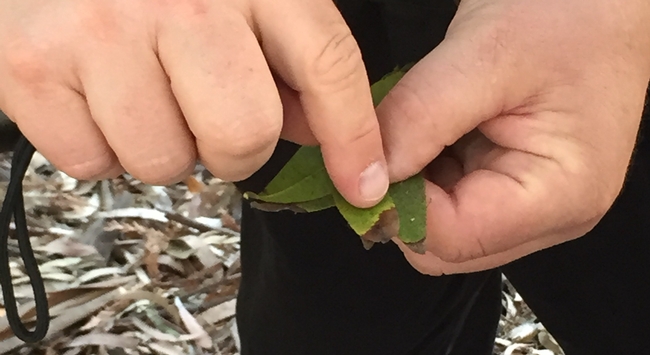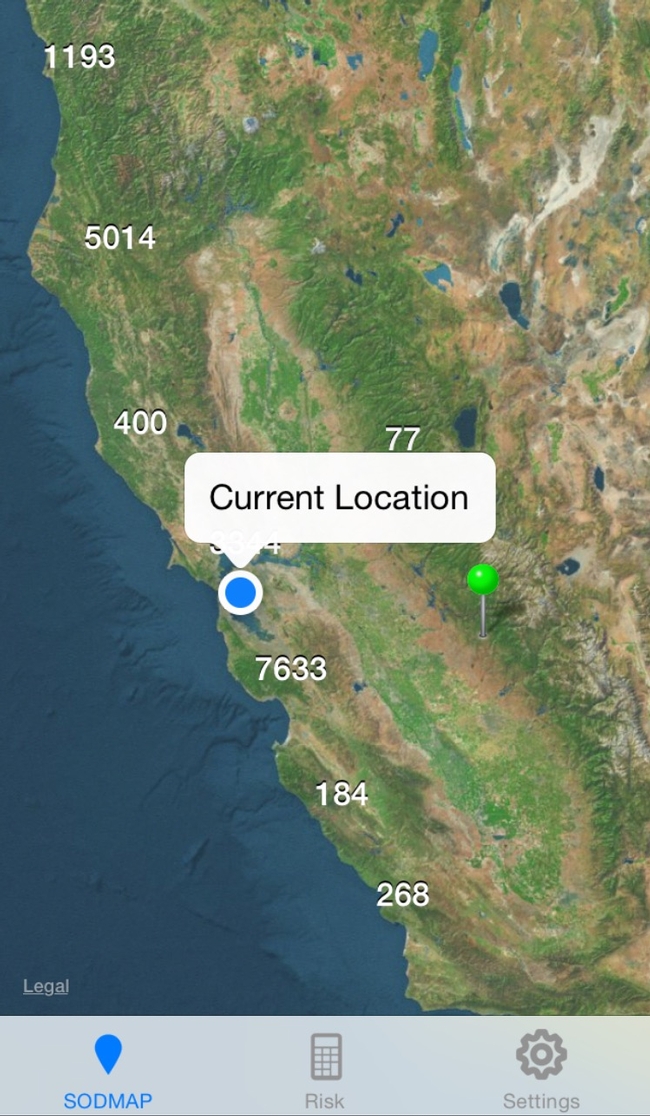
Results of the 2015 Sudden Oak Death Blitz survey reveal coastal mountain infestations in areas such as Big Sur (19% infection), the Santa Cruz Mountains (13% infection), and western Sonoma County (12% infection) remain high despite an overall decline in infection rates from 4.4% to 3.7% across California's 15 infested counties.
Sudden oak death (SOD) symptoms have been seen in Alameda, Contra Costa, Humboldt, Lake, Marin, Mendocino, Monterey, Napa, San Francisco, San Mateo, Santa Clara, Santa Cruz, Solano, Sonoma and Trinity counties.
“Understanding the current disease distribution is key to preventing sudden oak death spread. Citizen scientists have been an invaluable help with this task over the last decade,” said Matteo Garbelotto, UC ANR Cooperative Extension specialist in the Department of Environmental Science, Policy and Management at UC Berkeley, who organizes the annual SOD Blitz.
Several new SOD outbreaks of note were identified during the blitzes. Two infected California bay laurel trees were confirmed near UC Berkeley's West Gate, a high-traffic, high-risk area with many heritage oaks. An infected California lilac shrub was found in the Presidio of San Francisco's (part of the Golden Gate National Recreation Area) southeastern quadrant. An infected California bay laurel tree was confirmed in Danville (eastern Contra Costa County) in an area where SOD had not previously been reported, and an urban park in Saratoga was found infested for the first time.

Nineteen citizen science-based SOD Blitzes (largest number of blitzes to date) were held this spring, two of which were new this year – one in Trinity County and one on Kashia Band of Pomo Indian land in Mendocino County. The 504 volunteers surveyed nearly 10,000 trees from San Luis Obispo County, north to Mendocino and Trinity counties. Each volunteer was trained to identify Phytophthora ramorum (the plant pathogen known to cause SOD) symptoms on California bay laurel and tanoak leaves. “Blitzers” had up to three days to collect and record locations of symptomatic samples, which were then sent to the Garbelotto lab for DNA analysis to determine the presence or absence of the pathogen.

Garbelotto is sharing results from the spring blitzes as well as new recommendations for SOD management at workshops being held around the Bay Area. Workshops will be held in Sebastopol on Nov. 3, in Berkeley on Nov. 4, and in San Rafael on Nov. 13. For details, see “Community meetings” at sodblitz.org.
For landowners in infested areas concerned about protecting their oak trees, Garbelotto will reveal his updated three-step SOD management plan. He will show them how to:
- Use the SODMap mobile app to help assess risk of oak infection (see sodmapmobile.org).
- Determine if California bay laurel trees near high-value oaks should be considered for removal (using a new buffer zone new chart - http://nature.berkeley.edu/garbelottowp/?page_id=2345).
- Apply phosphonates to high-value oak and tanoak trees to boost immunity (updated dosages and application frequencies at http://nature.berkeley.edu/garbelottowp/?page_id=2348).
Infection on California bay laurel and tanoak leaves indicates arrival of P. ramorum to an area, but true oak (California black oak, coast live oak, canyon live oak and Shreve's oak) infection typically requires a couple of years with wet conditions after pathogen arrival. Therefore, preventatively treating oaks to help ward off infection is best done when early indicator species first show symptoms, prior to oak infection and optimal conditions for the pathogen – cool and moist.
These surveys are made possible thanks to funding from the USDA Forest Service and the PG&E Foundation as well as help from the California Native Plant Society.
For more information on the workshops, go to sodblitz.org or contact Katie Harrell at (510) 847-5482 or kpalmieri@berkeley.edu. For more information on sudden oak death and P. ramorum, visit the California Oak Mortality Task Force website at suddenoakdeath.org.
Author - Communications Director, CFPC; Chair, CA Firewood Task Force